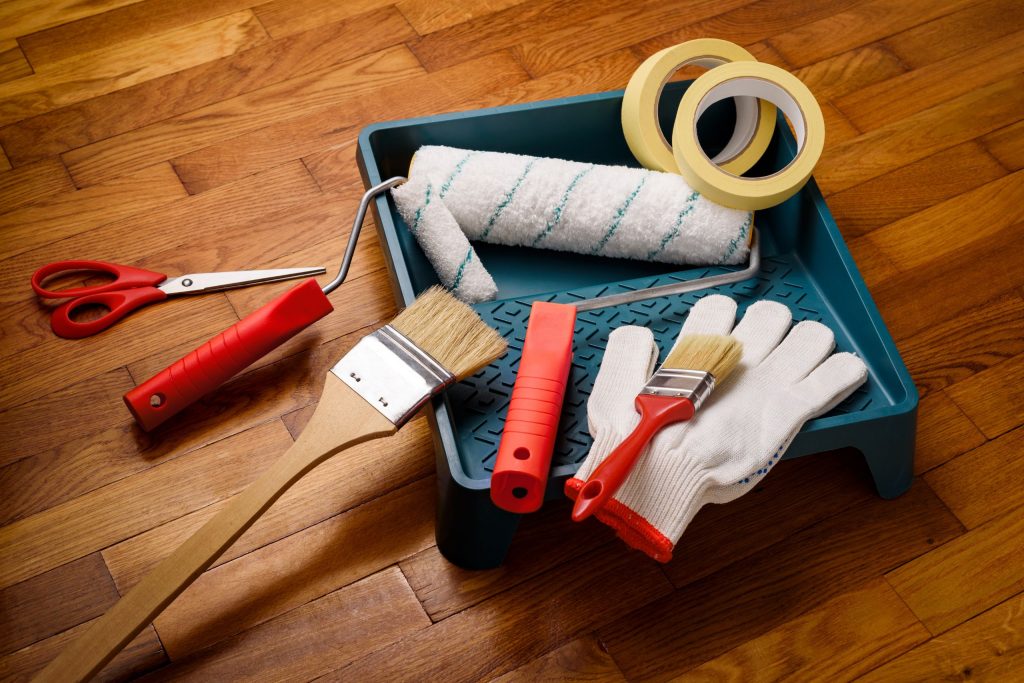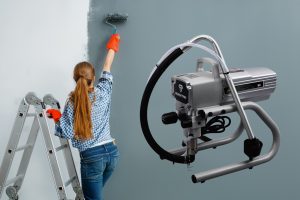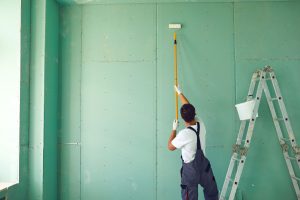Essential Tools For A Flawless Paint Job: What Every DIYer Needs

For those who like do-it-yourself projects, a professional-level paint job at home is not just a fantasy but also very doable with the correct equipment. By carefully investing in basic painting tools, homeowners may greatly improve the general quality of the results as well as the simplicity of their painting tasks. Good tools may make all the difference; they can turn an ordinary chore into a pleasurable and quick experience. From surface preparation to last brush strokes, having the right equipment at hand helps to guarantee a perfect finish. Readers will be guided in the must-have instruments needed for every stage of the painting process by this page. It will address the essential instruments for preparation required for a flawless start, the best application brushes to guarantee an even layer, and the finishing touches meant to improve the appearance of any painted surface. Anyone can do a great and professional-looking paint job simply at home by knowing and using these basic equipment.
Prep Tools: Setting the Stage for Success
Any outstanding painting project requires on preparation. The right instruments will ensure polished finish and precise lines, therefore improving the outcomes and technique. Painter’s tape determines professional look, paint bleed control, and sharp edges. It produces distinct color separations, therefore improving the whole appearance.
Protection of floor, furniture, and other surfaces from paint splatters and drips depends critically on drop cloths and plastic sheeting. By using these protective barriers, one not only maintains a neat workstation but also saves time on cleanup later.
Furthermore important for a smooth surface are sanding blocks and scrapers. By helping to remove old paint, flaws, and uneven areas, they enable better adherence of the new paint. This stage guarantees perfect completion, therefore improving the visual attractiveness.
Preparing walls and surfaces calls for cleanliness of materials including sponges and degreasers. They remove dirt, grease, and dust from a canvas so ready for painting. On a clean surface more paint adhesion and lifespan are encouraged.
These preparatory tools not only simplify the painting process but also contribute to produce a successful and beautiful result. Enough preparation ensures a good end and a more fun painting session.
Brushes and Rollers: Choosing the Right Applicators
A successful paint job depends on the right applicators, hence their choosing is crucial. Each of the many sizes and variations of premium brushes is meant for specific usage. Smaller artist brushes or angled brushes are perfect for detail work as they let one be precise in limited areas and complex patterns. A flat or angled trim brush is ideal for edges and trim; it will give moldings, windows, and door frames a seamless finish.
Another vital instrument accessible in many nap lengths to suit both smooth and rough surfaces are rollers. A shorter nap roller, around 1/4 inch, guarantees consistent application free from too strong paint absorption on smooth surfaces. Longer nap (between 1/2 and 1 inch) determines greater paint coverage and penetration into textured surfaces—like stucco or plaster.
Extension poles also may have a big impact. By providing easy access to high walls and ceilings free from ladders, thereby reducing effort and making the painting process safer and more rapid. With the correct combination of brushes, rollers, and extension poles, any painting task may provide results of professional quality.
Paint Trays and Liners: Keeping Things Tidy
Paint trays and liners are quite essential if one is to have a neat and efficient painting technique. Their elegant method of paint storage makes applying a uniform coating free from the mess associated with just pouring from the can easier. Usually either disposable or reusable, the liners fit securely in the trays to make cleaning easier. Just removing the liner will let users dispose of surplus paint and reduce their danger of spills or drips.
Using these trays and liners helps one to better regulate the paint application amount to rollers, therefore obtaining a more accurate and uniform finish on walls and ceilings. Often include slanted sections to aid in paint distribution and waste prevention, tray design calls for Furthermore, the diverse tray sizes fit various projects—from a simple touch-up to a major task.
Using paint trays and liners improves output in addition to maintaining a neat workstation. They help painters to concentrate on the current work and reduce the time spent on cleaning, therefore producing a more fun and successful painting experience.
Specialty Tools for Precision
A professional finish depends critically on specialty instruments for accuracy painting. Sharp, clean lines around windows, doors, and trim cannot be created without edging tools—that is, without tape. Designed with creative elements, these tools let painters easily negotiate corners and edges, therefore reducing the possibility of paint bleed and guaranteeing clean borders that improve the whole look of a place.
The painter’s comb and roller cleaner is also rather important for any toolbox. This instrument guarantees that brushes and rollers stay in best shape for many usage by efficiently maintaining them. Regular cleaning maintains the integrity of the painting instruments, therefore improving application and consistent outcomes.
Preparing surfaces before painting needs for filling and spackling equipment. Their goal is to eliminate small holes and wall defects, therefore enabling the paint application. Correcting these little flaws can enable artists to increase the life of their paintwork and achieve a beautiful finish.
Including these specific tools into painting tasks guarantees accuracy, improves the quality of work, and extends lifetime in both equipment and finishes.

Conclusion
The quality and efficiency of the painting process are much improved by using the right instruments, which also determines the professional, clean paint finish. Although painter’s tape creates neat lines, therefore preventing paint from running onto surrounding surfaces, basic tools like quality brushes and rollers provide consistent coverage and simple application. While a paint sprayer may simplify bigger tasks for a simple finish, a strong paint container and liners help to ease loading and color changes. Good drop cloths help to keep a workstation orderly by shielding furniture and floor from spillage. These basics taken together provide a simple, stress-free painting experience so that do-it-yourselfers may concentrate on their artistic vision. Anyone may empower themselves to change their areas with professional-looking outcomes by making appropriate equipment investments. Investigating more about “tools and equipment” in a dedicated blog may provide people wishing to improve their projects insightful analysis and advice, therefore enhancing the painting process and making it more fun and rewarding.





